My Backstage Perspective Working on Villanova Theatre’s The Spanish Tragedy

Left to Right: Balthazar (Justin Badoyen), Bel-imperia (Emma Drennan), Lorenzo (Monroe Byer), and Hieronimo (James Keegan) Photo by Paola Nogueras
This semester, I had the chance to assist Villanova’s Theatre Department in its production of The Spanish Tragedy by Thomas Kyd. Written between 1582 and 1592, this Elizabethan tragedy marked the beginning of a new genre in English theatre: the revenge play. After failing to attain legal justice for his murdered son, courtier Hieronimo takes matters into his own hands. Teaming up with the canny and resolute Bel-Imperia, the two set out to seek blood for blood. With its intricate plotting and bold theatricality, Thomas Kyd’s tragedy still speaks to us today with its unflinching look at judicial inequity, legacies of violence, and the seductive nature of vengeance.
We finished our first week of performances, but the show will still be running until April 21. Buy your tickets here while seats are still available!

Photo courtesy of Villanova Theatre
I also invite you to attend The Spanish Tragedy Symposium which will take place April 19-20. The Symposium will include a facilitated discussion about the play and larger pedagogical project, an introduction to the grant-funded web archive, a performance of student-authored Spanish Tragedy spinoffs, and a splendid reception. This event is FREE for all Villanova students, faculty, and staff. Register at this link.
If you want to know what people thought of the play, check out GA Annie’s review here.
Although this play is frequently studied by academic scholars, it is rarely staged because of its considerable theatrical demands, including onstage hangings, multiple plays within plays, and dialogue in several non-English languages. Therefore, a great deal of discussion and effort had to be put into accomplishing this huge undertaking. The production of The Spanish Tragedy was an intense project that required a lot of work and time, but, to me, seeing the play come together was well worth it.
So how did I get involved in this bloody play? My story actually begins at the beginning of the school year, during the Fall 2023 semester. The directors of Villanova’s The Spanish Tragedy offered an interdisciplinary Theatre/English course called “Legacies of Revenge” focused on developing an understanding of the dynamics of vengeance in western culture. In this class, we studied The Spanish Tragedy in its entirety along with other plays and narratives, philosophical texts, and media from films and TV shows exploring the theme of revenge. The professors also gave us the opportunity to participate in some pre-production work: we created production designs for sets and costumes and edited the play’s manuscript for performance. This was an incredibly insightful and fascinating class, and I gained an in-depth understanding of The Spanish Tragedy long before it graced the stage.
Drs. Chelsea Phillips and Alice Dailey, the professors of “Legacies of Revenge” and the directors of The Spanish Tragedy, encouraged everyone in the class to participate in the spring production for course credit. Having greatly enjoyed the class and interested in the chance to help move the play into a physical theater, I enrolled in “Staging the Spanish Tragedy” for the Spring 2024 semester. Out of the small group of students registered for this “course,” I was the only one who did not audition to be a cast member, so Phillips and Dailey invited me to join the Stage Management Team as an Assistant Stage Manager (ASM).
Being an ASM was a huge time commitment. Not only did I have to attend nearly every rehearsal, but I had to arrive half an hour early to set up the room (and later the stage) and stay late to clean up and help fill out paperwork. This drastic change to my normal daily routine was difficult to adjust to, and I had to re-evaluate how I managed my time in order to remain on top of my schoolwork and other responsibilities.

Revenge (Annabella Nordlund)
Photo by Paola Nogueras
However, despite the challenges this role posed, I loved it all the same because it allowed me to witness the development of this play. The directors had a clear vision for The Spanish Tragedy, and the cast and production members worked hard to bring about that vision. Despite how big of a project this production was, everyone involved was super passionate and enthusiastic. They all wanted to be there and see this thing to its completion, and that motivation and dedication rubbed off on me.
My experience with The Spanish Tragedy was an amazing opportunity. Being a part of stage crew in a theatre production was new to me, but I learned so much. I had no idea so much work went on behind the scenes, and I definitely gained a better appreciation for the individuals who help make these shows a reality.
I’ve had so much fun backstage working with the other ASMs, and I am excited for this upcoming week of shows. It’s sad to know that the end of the production is near, especially since this play has been a part of my life all year. I’m grateful for this opportunity all that same and so happy that I was able to participate in the production of such an awesome play.
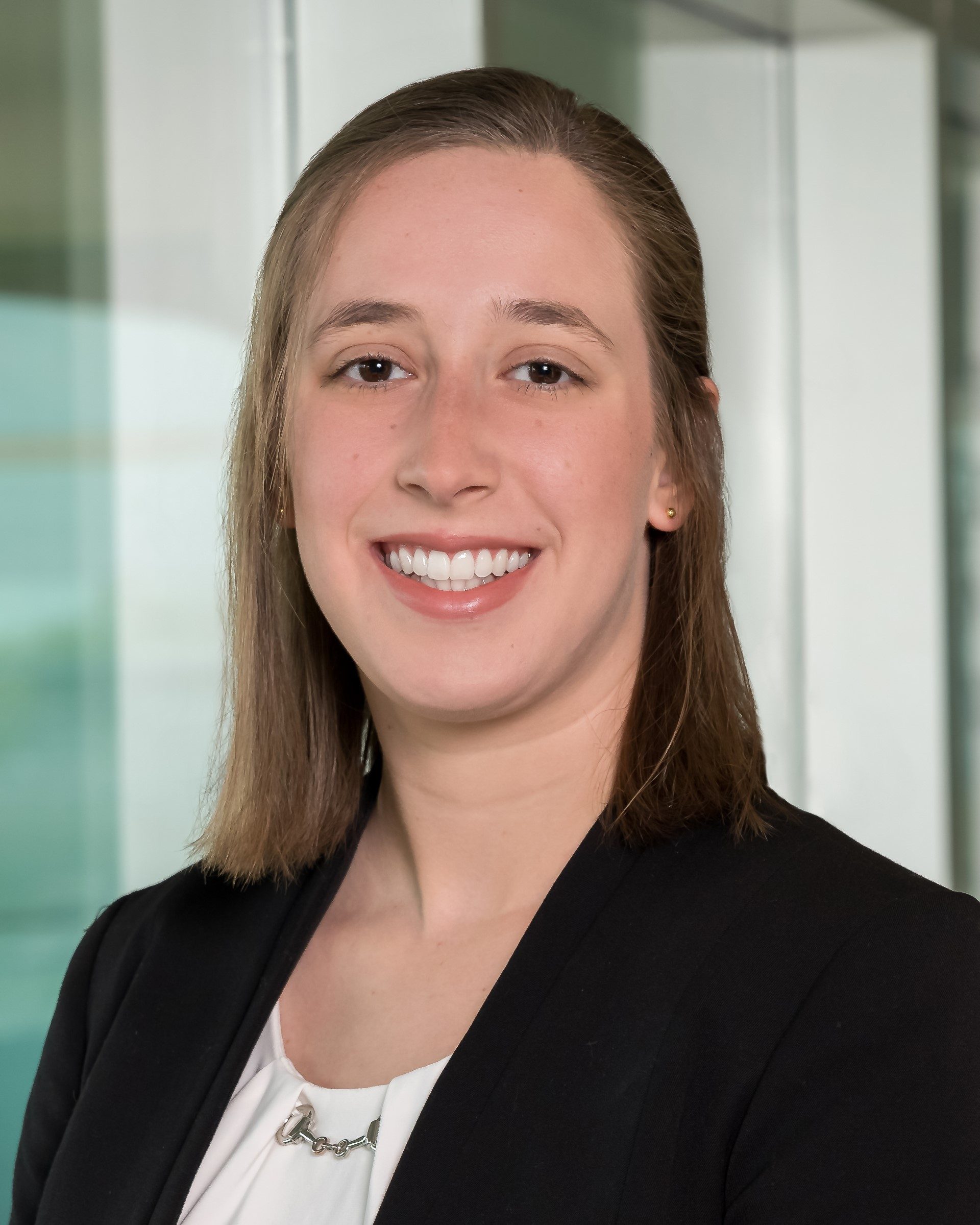 Rebecca Amrick is a first-year graduate student in the English Department and a Graduate Assistant at Falvey Library.
Rebecca Amrick is a first-year graduate student in the English Department and a Graduate Assistant at Falvey Library.


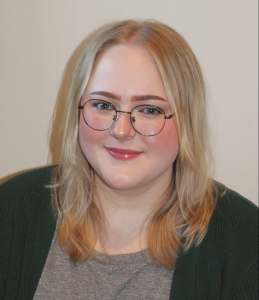 Annie Stockmal is a second-year graduate student in the Communication Department and Graduate Assistant in Falvey Library.
Annie Stockmal is a second-year graduate student in the Communication Department and Graduate Assistant in Falvey Library.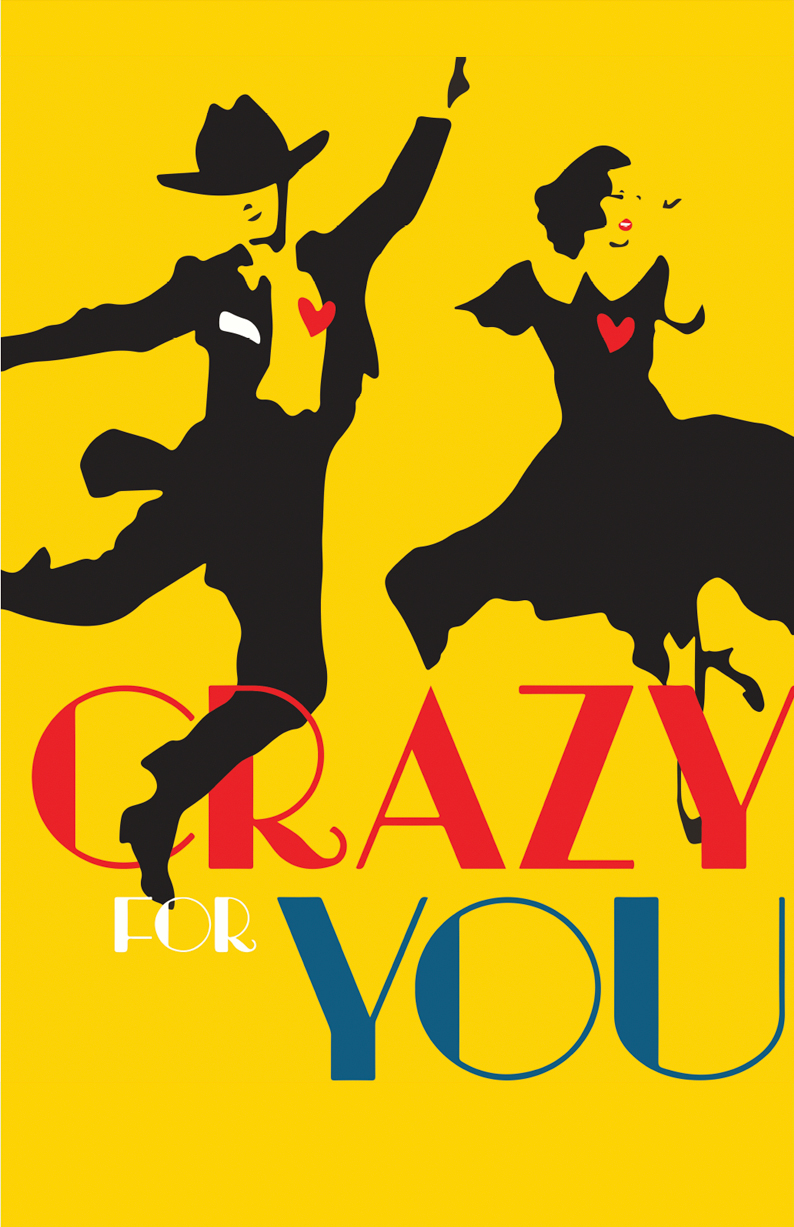
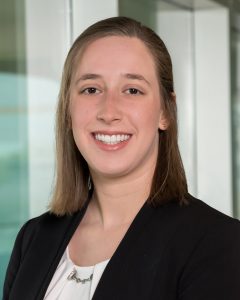 Rebecca Amrick is a first year graduate student in the English Department and a Graduate Assistant at Falvey Library.
Rebecca Amrick is a first year graduate student in the English Department and a Graduate Assistant at Falvey Library.


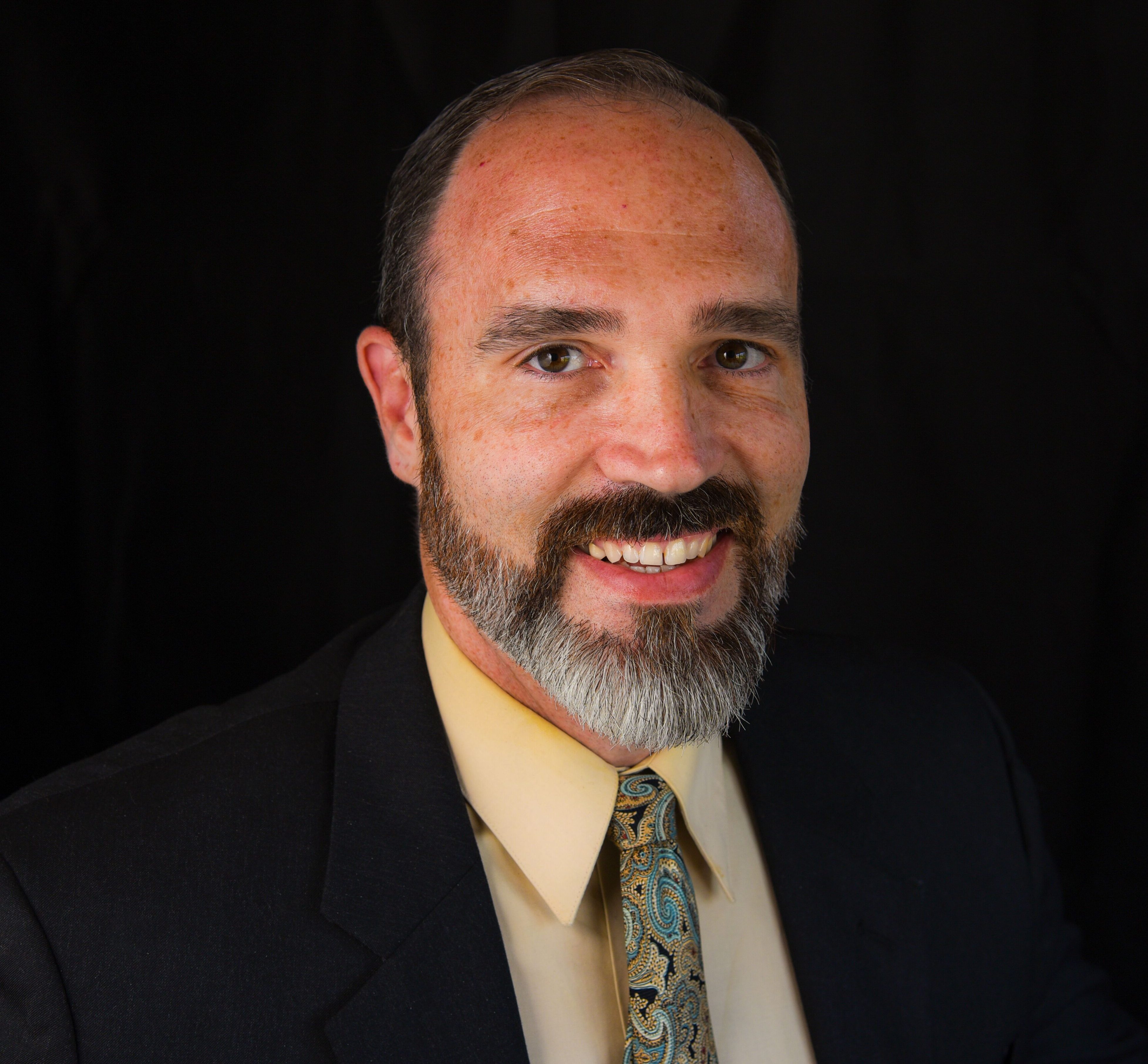

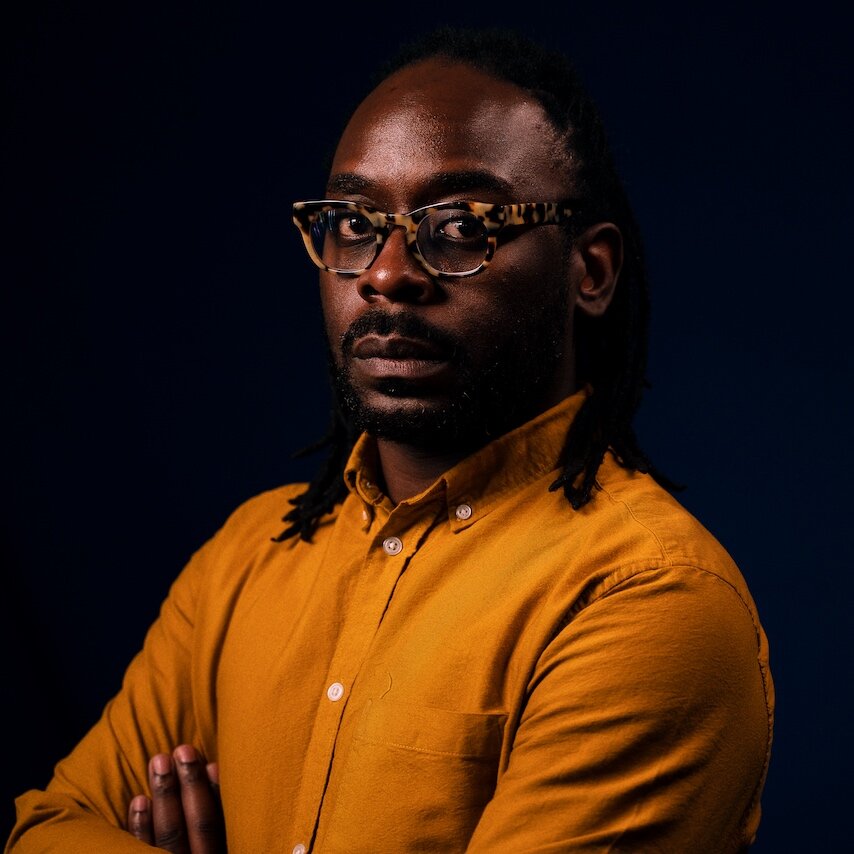
 Kallie Stahl ’17 MA is Communication and Marketing Specialist at Falvey Library. Tune in to the 76th Tony Awards on Sunday, June 11, at 8 p.m. The ceremony is scheduled to air on CBS after striking Writers Union
Kallie Stahl ’17 MA is Communication and Marketing Specialist at Falvey Library. Tune in to the 76th Tony Awards on Sunday, June 11, at 8 p.m. The ceremony is scheduled to air on CBS after striking Writers Union 


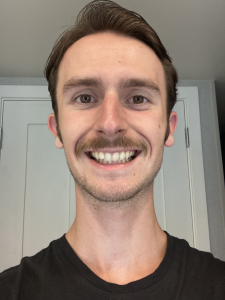 Ethan Shea is a second-year graduate student in the English Department and Graduate Assistant at Falvey Library.
Ethan Shea is a second-year graduate student in the English Department and Graduate Assistant at Falvey Library.
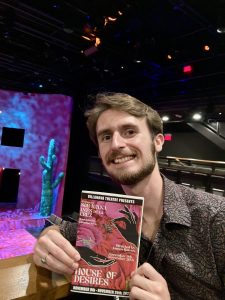 Villanova’s production of House of Desires is a contemporary adaptation of a timeless story. One revolutionary aspect of the original play is its extended focus on women throughout the story. In House of Desires women have opportunities to speak their minds amidst evidently ridiculous social constraints. Villanova’s contemporary production stays true to the progressive social qualities of the play and uses its parodic tendencies to complicate dated notions of gender with humor.
Villanova’s production of House of Desires is a contemporary adaptation of a timeless story. One revolutionary aspect of the original play is its extended focus on women throughout the story. In House of Desires women have opportunities to speak their minds amidst evidently ridiculous social constraints. Villanova’s contemporary production stays true to the progressive social qualities of the play and uses its parodic tendencies to complicate dated notions of gender with humor.